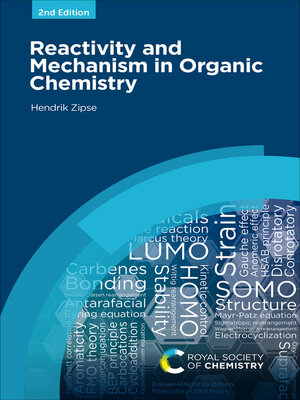
Sign up to save your library
With an OverDrive account, you can save your favorite libraries for at-a-glance information about availability. Find out more about OverDrive accounts.
Find this title in Libby, the library reading app by OverDrive.



Search for a digital library with this title
Title found at these libraries:
| Library Name | Distance |
|---|---|
| Loading... |
Completely revised and updated, this 2nd Edition of Reactivity and Mechanism in Organic Chemistry is an ideal introduction to the quantitative description of organic reactivity for students in undergraduate and masters chemistry programmes. The book proceeds logically from qualitative molecular orbital theory as a tool for the description of bonding phenomena to combining this with thermochemical data to rationalise concepts such as molecular strain and hyperconjugation. Next, transition state theory, for examining organic reactivity phenomena, is introduced and its relation to energy surfaces and simple rate equations is discussed. On this basis more specific reactivity concepts commonly used in organic chemistry are explored such as the Bell–Evans–Polanyi principle, Marcus theory, HSAB principle, Hammett correlations, the Mayr–Patz equation, and FMO theory. How these reactivity models are applied is demonstrated for pericyclic reactions and selected rearrangement reactions involving transient intermediates such as radicals, diradicals, or carbocations, and for reactions involving classical electrophile/nucleophile combinations.







